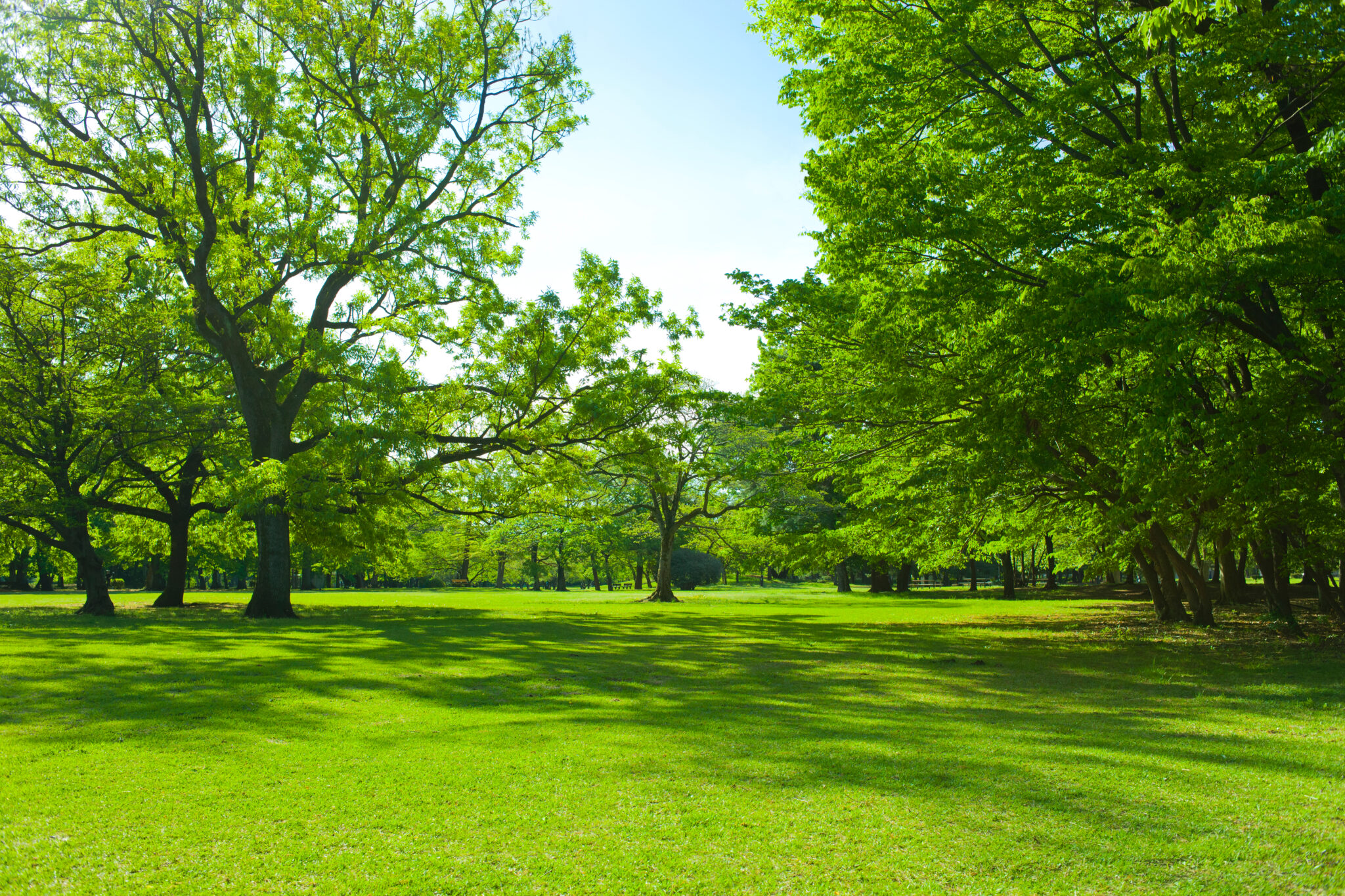Best Grass Seed for Your Climate

If you’ve ever wondered, “What type of grass seed is best for my climate?” you’re not alone. With so many varieties to choose from, finding the perfect match for your specific region can be tricky. Whether you live in a humid, subtropical zone or a desert, it’s important to select grass seed that will perform well in the given growing conditions. Find out what type of grass seed is best for your climate in the US, and say hello to happier, healthier grass.
Warm vs. Cool-Season Grasses: What’s the Difference?
When shopping for grass seed, you may have seen the words “cool season” and “warm season” thrown around. This refers to the type of climate in which the seed will thrive best. Just like trees, flowers, and other plants, different types of grass seeds do better than others in specific environments.
Cool-season grasses are varieties that do best in regions with more extended periods of cold weather. These grasses flourish in spring and fall, slow down in the summer, adapt well to frigid winters, and are common in the northern half of the United States. They’re also known for growing well in shady conditions.
Warm-season grasses perform well in hot weather and are more common in the southern half of the United States. The best grass seed for a hot, dry climate is typically a “warm-season” variety because they are tolerant to direct sunlight, drought, and sandy or salty soil conditions.
Cool-Season Grasses
- Kentucky Bluegrass
- Perennial Ryegrass
- Tall Fescue
- Fine Fescue
Warm-Season Grasses
- Bermudagrass
- Zoysiagrass
- Buffalograss
- Bahia Grass
Hot & Dry Climates (e.g., Arizona, Nevada, West Texas)
Even the harshest desert climates can enjoy luscious lawns, thanks to the hardiness of warm-season grasses. If you live in the Southwest, you know how difficult it can be to maintain a traditional lawn. That’s why it’s so essential to select grasses that welcome sunlight, need less water, and create strong root systems. Buffalograss and Bermudagrass are generally considered to be the best grass seeds for a hot, dry climate.
Cold Weather Climates (e.g., Montana, North Dakota, Michigan)
In states where winters can stretch on forever, choosing a sturdy, cool-season grass seed variety is key. Kentucky bluegrass and tall fescue are great choices for northern states like Montana and Michigan because these types of grass are able to enter into a period of dormancy during periods of extreme cold. Tall fescue is also great because it can withstand summer heat waves and drought as well.
Humid Climates (e.g., Florida, Georgia, Gulf Coast)
Humidity is another complex piece of the puzzle when it comes to choosing the best grass seed for your climate. Some seed varieties, like zoysiagrass and bahia grass perform better in humid climates because they can easily adapt to temperature and water content. Residential lawns and golf courses in the Southern Subtropical region of the US may also use Bermudagrass because of its tolerance to excessive humidity.
Factors to Consider Beyond Climate
Climate isn’t the only thing that determines how well a certain type of grass seed will fare in your region. Keep these other key factors in mind when looking for new grass seed to plant:
- Sun vs. Shade—How much sun does the area see on an average day? If it’s less than 5 hours per day, you’ll need a shade-tolerant seed variety like fine fescue. Other varieties like Bermudagrass need at least 7 hours of sunlight daily to thrive.
- Foot Traffic—Will the grass you’re planting going to be stepped on a lot? If so, make sure the seed you buy can withstand heavy foot traffic. Kentucky bluegrass is a great choice, because it bounces back easily and self-repairs.
- Soil Type—Don’t forget, the success of your grass starts with soil health. If a seed isn’t compatible with the soil in your region, it will struggle to grow and create strong roots. Some examples: tall fescue does well in clay soil, fine fescue in loam, and bahia grass in sandy soil.
- Water Availability—Some grasses require much more water than others, so water availability should also be top of mind when choosing seed. If your city implements water limitations during droughts, you’ll need grass that can tolerate longer stretches without moisture.
- Purpose—What is this grass going to be used for? Is it mostly for decoration, or will dogs and children be running around on it? You might also be buying grass seed to fill in gaps, or fight off weeds. Whatever the purpose, ensure the seed you’re buying matches your needs.
Ready to Find the Perfect Grass Seed?
At Nature’s Seed, we specialize in curating high-quality products for every climate region. Browse our selection of grass seed and seed mixes, and start growing the lawn of your dreams today.
What type of grass seed grows best in my area?
The best grass seed for your area depends on the climate, soil type, sun exposure, and other important factors. Generally, Kentucky bluegrass is a popular grass seed in the northern US, while Bermudagrass is more common in the Southern states.
How do I choose between warm-season and cool-season grasses?
The choice between warm- and cool-season grass seed depends on where you live. Warm-season grasses do best in hot or temperate climates, while cool-season grasses perform well in areas that experience all four seasons.
Best grass seed for a hot, dry climate?
The best grass seed for a hot, dry climate is Bermudagrass. This variety requires a lot of sunlight to thrive, and can tolerate periods of drought. Buffalo grass, bahia grass, and zoysia grass also do well in hot, dry climates.